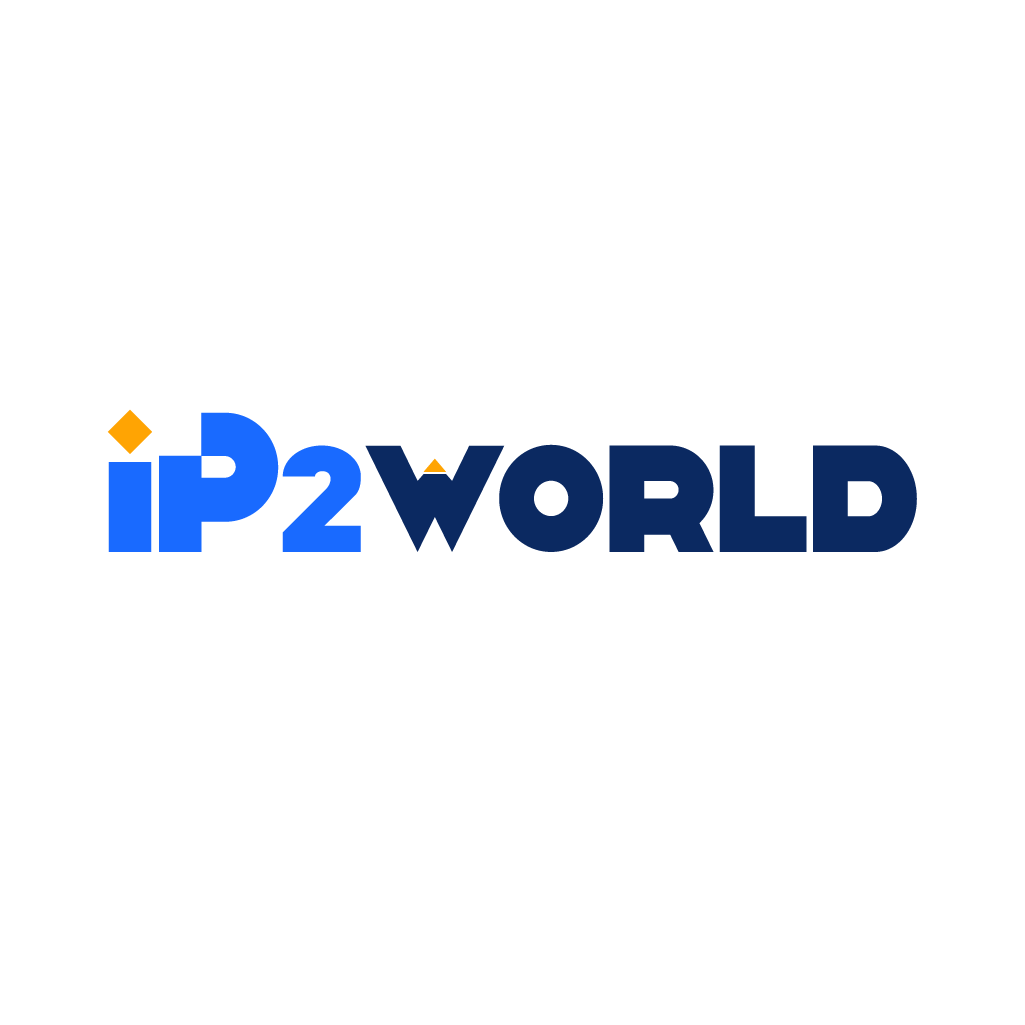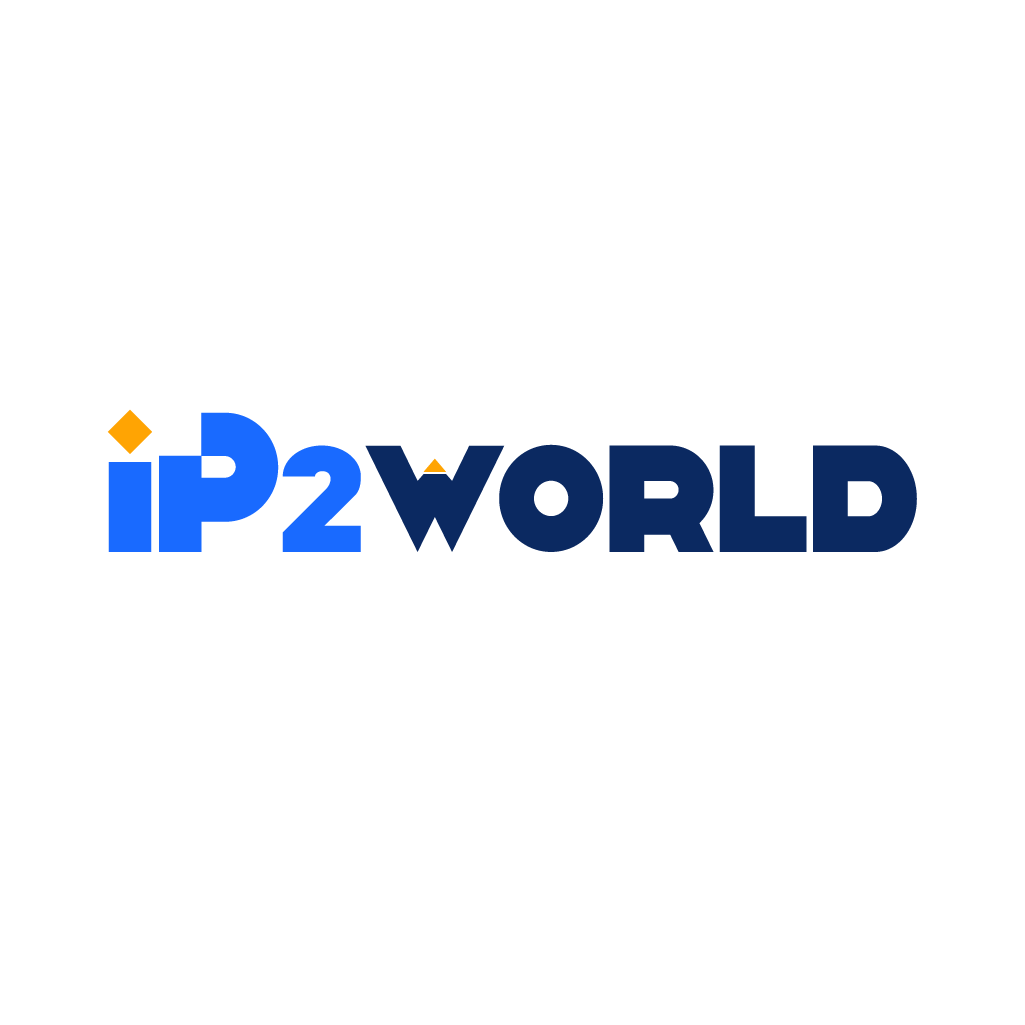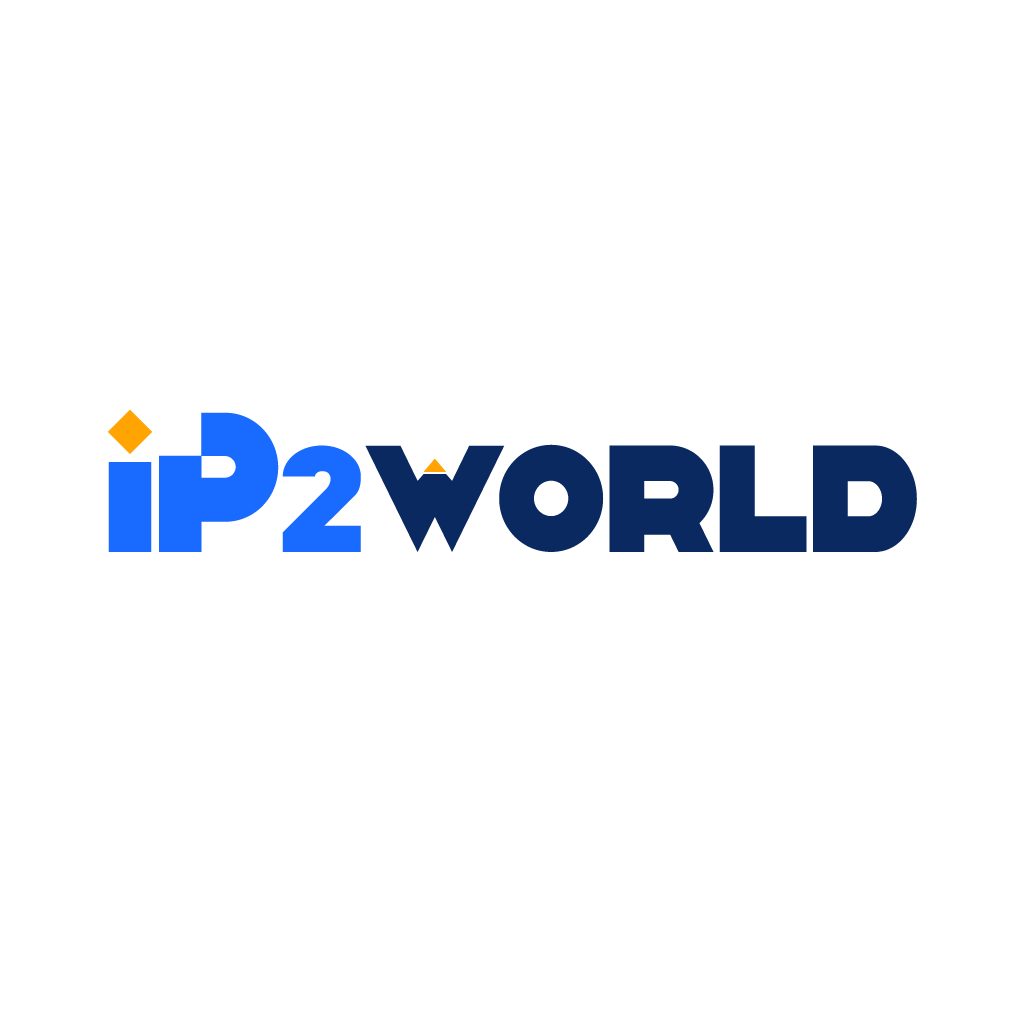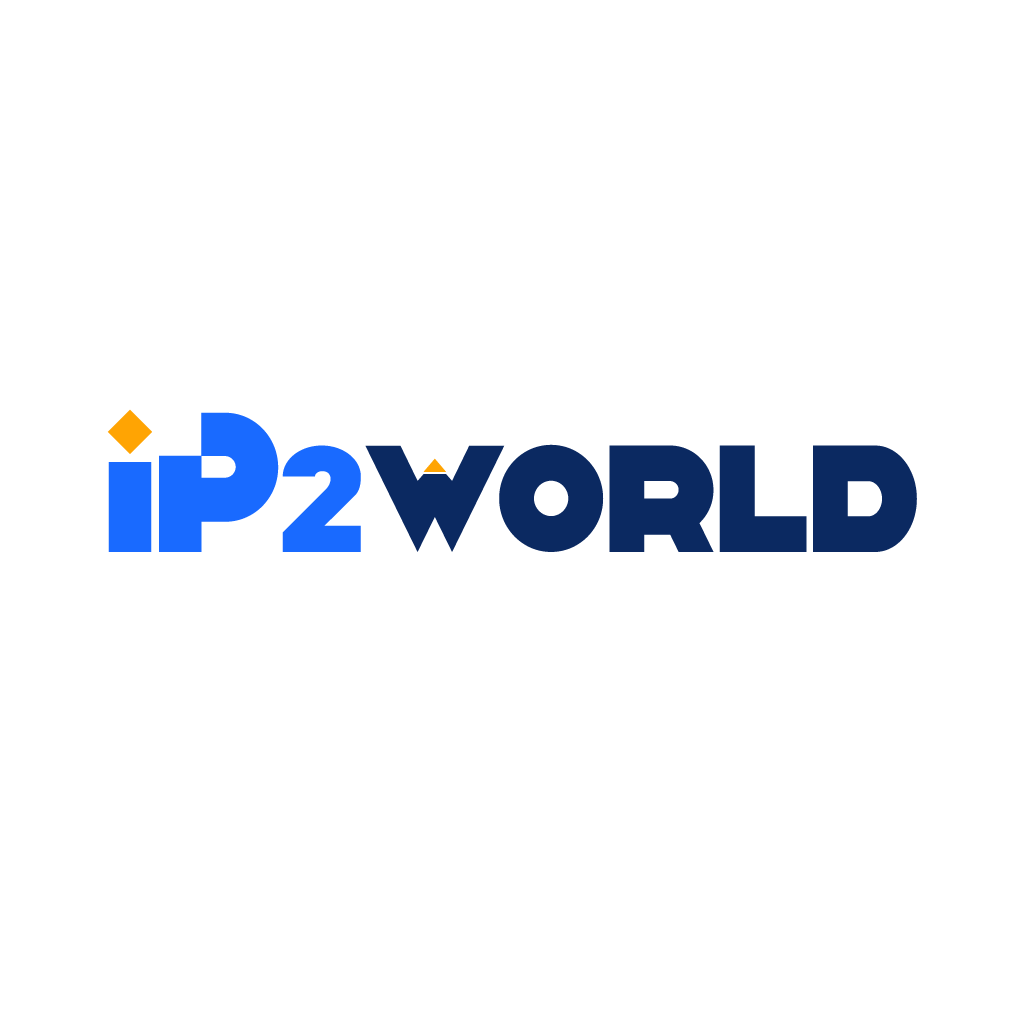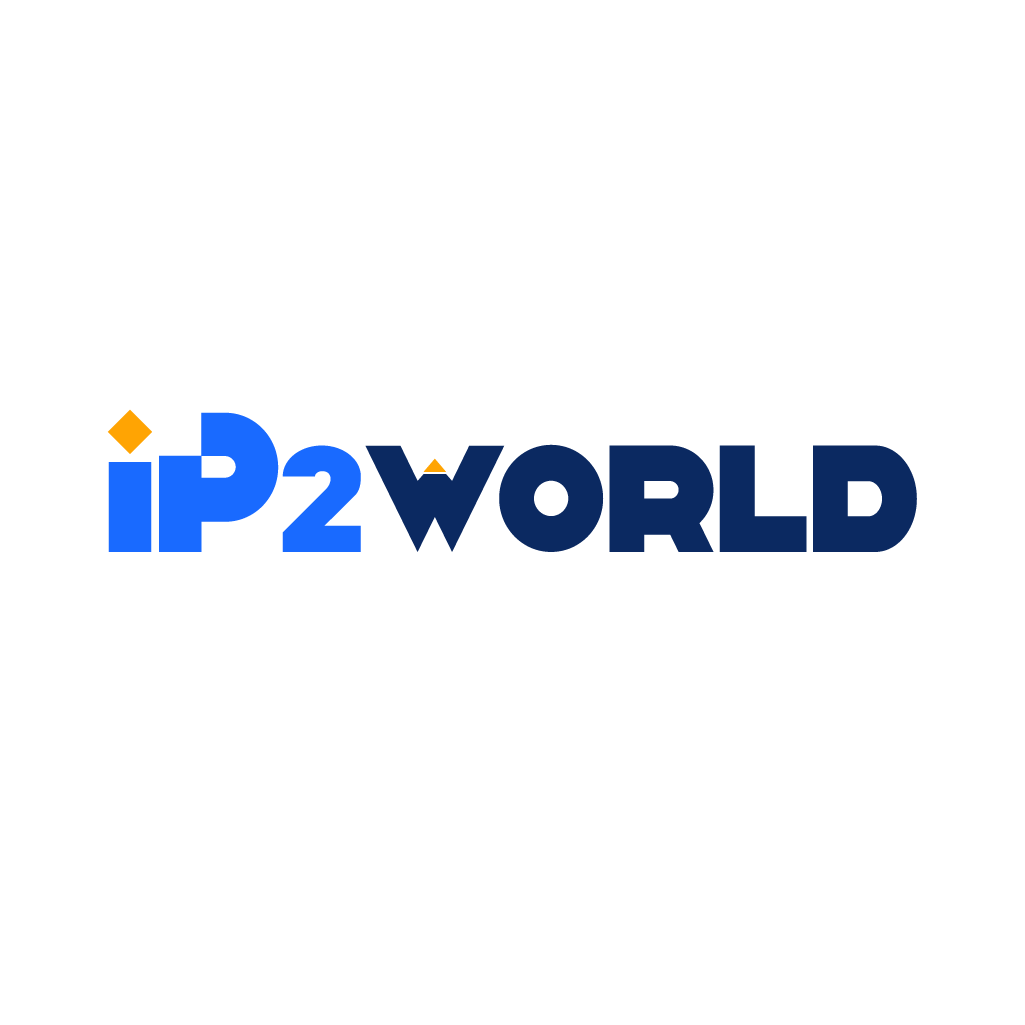I. Introduction Online anonymity is a modern miracle - yet also an ethically complex double-edged sword. It can facilitate free speech or malicious untraceability; dissent or misinformation. Anonymity's virtues empower the vulnerable, while its vices shelter the powerful and abusive. This examination of online anonymity's deep moral quandaries aims to find solutions balancing competing values. We will weigh anonymity's benefits against its drawbacks, distinguish it from privacy, explore policy approaches, and highlight the need for social progress. By illuminating ethical nuances around online anonymity, we hope to chart a wise path forward for technology's responsible use as a force uplifting humanity. II. Benefits of Online Anonymity When responsibly employed, online anonymity empowers: - Dissent and Whistleblowing: Anonymity provides indispensable cover for activists, journalists, whistleblowers, protesters and dissidents to expose wrongdoing without facing retaliation. It facilitates challenging institutional power structures. - Victim Protection: Anonymity is vital for helping victims of domestic abuse, stalking, doxxing and harassment sever digital ties and hide their locations from perpetrators trying to control or attack them. - Circumventing Censorship: Anonymity gives citizens recourse against authoritarian regimes, letting them bypass firewalls and access content banned due to corporate interests or oppressive policies. - Privacy: Anonymity severely limits risks from data leaks and hacks by minimizing linkages between someone's online persona and real-world identity. This protects user privacy. - Minor Protection: Online anonymity helps safeguard children exploring the digital world by hiding their identities and personal details from predators. - Uninhibited Self-Expression: Without identities attached, people can openly discuss taboo issues, new ideas, minority views and private experiences without fear of social repercussions. Anonymity thus facilitates accountability, protects the vulnerable, and nourishes diversity - all cornerstones of a just society. III. Risks and Drawbacks of Anonymity However, anonymity also shelters the following harmful behaviors: - Harassment: Abusers exploit anonymity's lack of accountability to maliciously harass and threaten people without repercussions. Anonymity fuels online mobs. - Disinformation: Anonymity permits the unrestrained spread of propaganda, falsehoods, misinformation and conspiracy theories that manipulate public discourse. - Lawlessness: Criminals ruthlessly utilize anonymity to conduct scams, identity theft, child exploitation, cybercrime, and even terrorist activity without detection. - Dehumanization: Stripping away identity can debase online interactions between humans and foster mob cruelty. Anonymity can disinhibit darker impulses. - Stalking: Stalkers use anonymity to relentlessly follow, monitor and collect information about victims without being identified. Thus anonymity provides cover not just for truth-tellers, but also liars, thieves and charlatans to operate without scrutiny. IV. Anonymity vs Privacy - Which is More Important? Anonymity serves specific high-risk use cases like activism, but privacy meets the needs of most regular users. Privacy allows pseudonymity - interacting using aliases while limiting data exposure. This balances the interests of both companies and users. Most online participation requires some user identification for trust and commerce. However, privacy must be fiercely protected via strong laws and technologies limiting unnecessary corporate and government data exploitation. Users should have far more control over how their personal information gets exposed. Blanket anonymity without accountability often invites abuse at scale. Context is critical - anonymity's benefits outweigh risks for vulnerable communities, but most users need privacy more than unchecked anonymity. V. Striking a Balance Between Freedom and Responsibility To foster online anonymity's benefits while curbing harms requires striking a difficult balance between competing social values: - Laws and norms should facilitate identifying criminals abusing anonymity, while protecting whistleblowers and victims. Rules must recognize this nuance. - Platform policies should permit reasonable pseudonymity but forbid systematic deception, trolling and harassment under the cloak of anonymity. Behaviors matter more than identities. - Encryption and technology should provide user privacy while enabling targeted investigation of threats to public safety. Capabilities should match needs. - Oversight and transparency into content moderation should be balanced against potential chilling effects on anonymity rights. A principled approach is essential. - Users should be empowered with tools providing configurable anonymity, privacy and identification as circumstances require. One size cannot fit all contexts. Though imperfect, thoughtful policies recognizing anonymity's complexity can enable free expression while restraining malicious abuse that feeds on unchecked anonymity. VI. Fostering Constructive Dialogue and Positive Change The pernicious effects of online anonymity largely stem from antisocial human behavior, not the neutral technologies involved. Comprehensively addressing online harms enabled by anonymity requires social, educational and policy progress that steers technologies towards constructive use - advancing rights rather than eroding them. We must advocate and implement initiatives furthering: - Empathy and ethics: Promoting positive online interactions, civility and mutual understanding regardless of anonymity. Humane values matter more than superficial identities. - Media literacy and critical thinking: Teaching people to scrutinize content credibility, assess bias, value diversity and resist manipulation regardless of messenger anonymity. These skills inoculate against misuse. - Inclusion and anti-hate: Fostering participatory digital communities celebrating diversity and consolidating against hate. Strength of unified voices can overcome anonymous detractors. - Secure platforms: Advancing data privacy, algorithmic transparency and user safety as cornerstone design principles for online platforms. Ethical technology uplifts humanity. - Whistleblower protections: Legally shielding those who responsibly expose misdeeds, while punishing actual misconduct. Some anonymity is legitimate while harm is not. With vigilance, activism and optimism, online anonymity can be steered away from being a shield for abuse, towards advancing human rights, accountability and digital freedom. VII. ConclusionOnline anonymity evades simplistic judgments of good or evil. Its virtuous uses that advance accountability and expression remain paramount. However, neglecting its ethical perils threatens social fabric. With care, courage and vigilance, we must craft policies and norms that foster anonymity's benefits while curtailing harms. This demands empathy, education, inclusion, protected privacy and secure platforms. The path ahead remains challenging, but not hopeless. Anonymity can uplift humanity given wisdom and will to address not just technical systems, but even harder social ones. Our shared destiny requires this effort to build digitally mediated communities where dissent thrives along with truth, where liberty is tempered by responsibility, and all can fulfill their human potential.
2023-09-19
